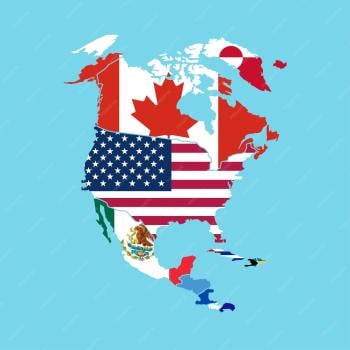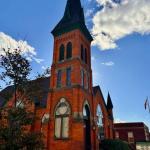In 2011, the North African nation of Tunisia started Arab Spring. You may recall that it began by a depressed street vendor protesting unjust business conditions by setting himself on fire and thereby dying from suicide. It sparked a revolution, in which the people rose up and overthrew their dictator. This revolution then spread to other North African countries, included the heavily populated Egypt. Most of the nations of the Middle East and North Africa had been ruled by dictatorships for decades. Only Israel was a truly democratic country in this region of the world.
Last Sunday, Tunisia made history as a fledgling democracy. Its Assembly voted overwhelmingly for the nation’s new Constitution by a vote of 200 out of 216 members. Assembly Speaker Mustapha Ben Jaafar said, “This constitution, without being perfect, is one of consensus. We had today a new rendezvous with history to build democracy founded on rights and equality.”
Arab Spring will prove to be a game changer regarding the history of North Africa and the Middle East. I believe it will be a fulfillment of a particular and significant Bible prophecy. I’ve been surprised that this phenomenon has been so little noticed by Christian so-called “prophecy teachers,” some of whom have television programs.
What prophecy is it? It’s in Daniel 2. Arab Spring is fulfilling a certain portion of a dream Daniel recorded about a statue of a man that Babylonian King Nebuchadnezzar had in the sixth century BCE. That portion is the feet of the image which refers to a yet future, revived, Roman Empire. The feet being made of iron and clay depicts democracy. Thus, democracy coming to North Africa and the Middle East is a fulfillment of the beginning of one of the feet of this image. Before Arab Spring began, I wrote about it in my book, Warrior from Heaven, published in 2006. Here is the excerpt from this book about it, which is written in the present tense as if we were there:
“But, like the old Roman Empire, this ten-nation confederacy is divided into two parts: a western branch and an eastern branch. Five kingdoms are located in its western branch, which is Europe, and the other five kingdoms are located in its eastern branch, which is the Middle East and North Africa. The location of the line of demarcation between these two branches is comparable to that of the old Roman Empire.
The form of government of each of these ten kingdoms is a monarchial and constitutional democracy. After the creation of the United States of America (USA) as a democratic republic—in which the majority rules, yet individual rights are recognized and honored—that model of governance spread throughout much of the world until elements of it were incorporated into these state governments of the Middle East and North Africa, similar to the state governments of Europe.”
















